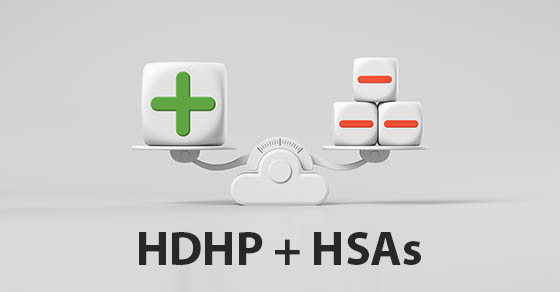Please note, as of October 26, 2017, these actions are based on current tax rules and may change with future tax reform.
We have compiled a checklist of actions based on current tax rules that may help you save tax dollars if you act before year-end. Not all actions will apply in your particular situation, but you may benefit from many of them. Please note that these actions are based on current tax rules and may change with future tax reform.
Businesses should consider making expenditures that qualify for the business property expensing option. For tax years beginning in 2017, the expensing limit is $510,000 and the investment ceiling limit is $2,030,000. Expensing is generally available for most depreciable property (other than buildings), off-the-shelf computer software, air conditioning and heating units, and qualified real property-qualified leasehold improvement property, qualified restaurant property, and qualified retail improvement property. The generous dollar ceilings that apply this year mean that many small and medium sized businesses that make timely purchases will be able to currently deduct most if not all their outlays for machinery and equipment. What's more, the expensing deduction is not prorated for the time that the asset is in service during the year. The fact that the expensing deduction may be claimed in full (if you are otherwise eligible to take it) regardless of how long the property is held during the year can be a potent tool for year-end tax planning. Thus, property acquired and placed in service in the last days of 2017, rather than at the beginning of 2018, can result in a full expensing deduction for 2017.
Businesses also should consider making buying property that qualifies for the 50% bonus first year depreciation if bought and placed in service this year (the bonus percentage declines to 40% next year). The bonus depreciation deduction is permitted without any proration based on the length of time that an asset is in service during the tax year. As a result, the 50% first-year bonus writeoff is available even if qualifying assets are in service for only a few days in 2017.
- Businesses may be able to take advantage of the "de minimis safe harbor election" (also known as the book-tax conformity election) to expense the costs of lower-cost assets and materials and supplies, assuming the costs don't have to be capitalized under the Code Sec. 263A uniform capitalization (UNICAP) rules. To qualify for the election, the cost of a unit of property can't exceed $5,000 if the taxpayer has an applicable financial statement (AFS; e.g., a certified audited financial statement along with an independent CPA's report). If there's no AFS, the cost of a unit of property can't exceed $2,500. Where the UNICAP rules aren't an issue, consider purchasing such qualifying items before the end of 2017.
- Businesses contemplating large equipment purchases also should keep a close eye on the tax reform plan being considered by Congress. The current version contemplates immediate expensing-with no set dollar limit-of all depreciable asset (other than building) investments made after Sept. 27, 2017, for a period of at least five years. This would be a major incentive for some businesses to make large purchases of equipment in late 2017.
- If your business was affected by Hurricane Harvey, Irma, or Maria, it may be entitled to an employee retention credit for eligible employees.
- A corporation should consider deferring income until 2018 if it will be in a higher bracket this year than next. This could certainly be the case if Congress succeeds in dramatically reducing the corporate tax rate, beginning next year.
- A corporation should consider deferring income until next year if doing so will preserve the corporation's qualification for the small corporation AMT exemption for 2017. Note that there is never a reason to accelerate income for purposes of the small corporation AMT exemption because if a corporation doesn't qualify for the exemption for any given tax year, it will not qualify for the exemption for any later tax year.
- A corporation (other than a "large" corporation) that anticipates a small net operating loss (NOL) for 2017 (and substantial net income in 2018) may find it worthwhile to accelerate just enough of its 2018 income (or to defer just enough of its 2017 deductions) to create a small amount of net income for 2017. This will permit the corporation to base its 2018 estimated tax installments on the relatively small amount of income shown on its 2017 return, rather than having to pay estimated taxes based on 100% of its much larger 2018 taxable income.
- If your business qualifies for the domestic production activities deduction (DPAD) for its 2017 tax year, consider whether the 50%-of-W-2 wages limitation on that deduction applies. If it does, consider ways to increase 2017 W-2 income, e.g., by bonuses to owner-shareholders whose compensation is allocable to domestic production gross receipts. Note that the limitation applies to amounts paid with respect to employment in calendar year 2017, even if the business has a fiscal year. Keep in mind that the DPAD wouldn't be available next year under the tax reform plan currently before Congress.
- To reduce 2017 taxable income, consider deferring a debt-cancellation event until 2018.
- To reduce 2017 taxable income, consider disposing of a passive activity in 2017 if doing so will allow you to deduct suspended passive activity losses.
These are just some of the year-end steps that can be taken to save taxes. Again, by contacting us, we can tailor a particular plan that will work best for you.





